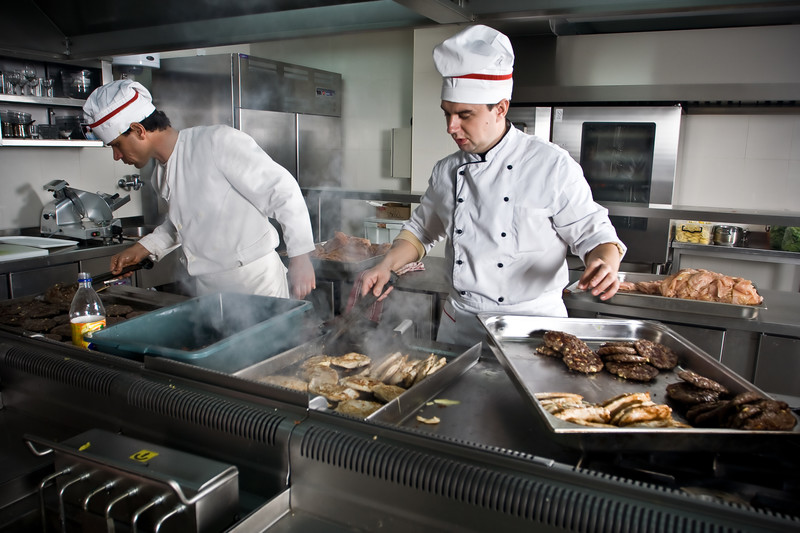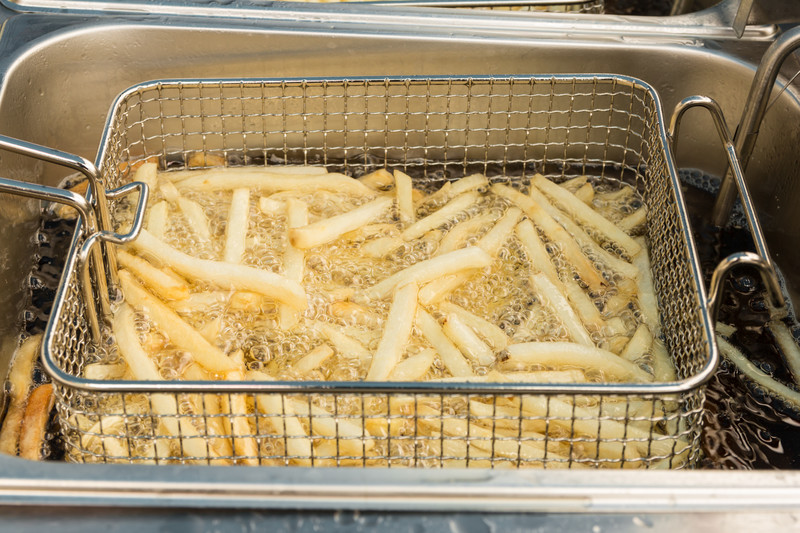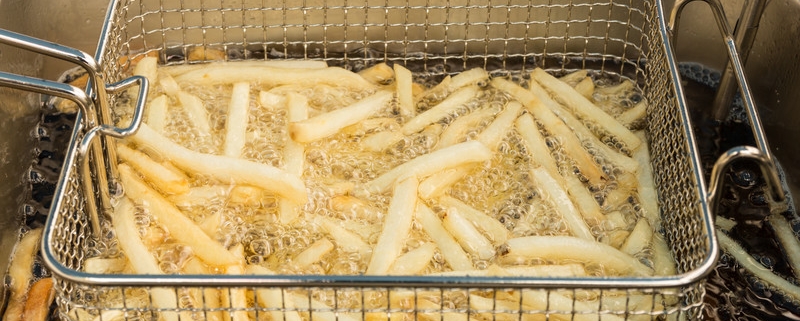Commercial grease traps…it’s a dirty job
 You know the drill. Dinner’s over and it’s time to wash the dishes. You can make quick work of even the greasiest roasting pan with a sink full of hot water, a rag, and dishwashing detergent.
You know the drill. Dinner’s over and it’s time to wash the dishes. You can make quick work of even the greasiest roasting pan with a sink full of hot water, a rag, and dishwashing detergent.
But what if you’re generating a lot of grease, as in the case of a commercial kitchen? Large quantities of grease (FOG – fats, oils, and grease) can wreak havoc when it gets into the plumbing pipes on the way to the wastewater treatment system. Backups are inevitable. Cases like this call for a commercial grease trap.
What is a Grease Trap?
A grease trap is a plumbing device that intercepts and stores grease until it is emptied. It’s used in restaurants and other commercial or institutional facilities where food is prepared or processed.
Grease traps are designed to capture most greases and solids before they move on to the wastewater disposal system. Wastewater typically contains small amounts of oils which enter into septic tanks and wastewater treatment facilities. But large quantities of grease will overwhelm the system and, let’s face it, commercial kitchens generate plenty of grease. By intercepting most of the fats at the grease trap, public and private sewer systems are not overwhelmed by large quantities of fats.
 How Does a Grease Trap Work?
How Does a Grease Trap Work?
Grease traps reduce the quantity of grease, oil, and fats that enter the sewer system. Grease traps are connected to all sinks that produce wastewater. Depending on the local code requirements, this can include the floor drains, mop sinks, kitchen sinks, and sometimes bar sinks.
Most traps are made of steel, fiberglass, concrete, or plastic. When wastewater from the commercial kitchen flows into the grease trap, most of the grease is intercepted and floats to the top. Wastewater exits from the bottom of the trap into a dedicated pipe that connects to the public or private wastewater treatment system.
With time, the grease trap fills with grease that floats on top of the water and it needs to be cleaned or pumped out on a regular basis. Often, we put it outside so it can be easily truck pumped and sometimes we include a hot water outlet for rinsing. Smaller units may be located in the kitchen itself. In any case, the local public works official will have the last word on the location of the grease trap, so it pays to talk with him/her about this early in the planning process.
Grease traps are sized to accommodate the expected load. In most kitchens, the grease trap volume is 500 to 1,000 gallons! Part of the volume accommodates water and part accommodates grease. In large facilities, the trap will have a larger capacity and may not need to be pumped out as often. A higher grease storage capacity may be worthy of consideration. Although the initial cost is higher, a larger capacity unit is usually simpler and less expensive to maintain.
 How do I know if I Need a Grease Trap?
How do I know if I Need a Grease Trap?
Grease traps are typically required in commercial kitchens where a substantial quantity of grease and oil is generated. In buildings with multiple tenants and long sewer runs, grease traps are especially recommended.
When grease gets into the sewer system’s network of pipes, it can cool and become solid, causing a blockage in the pipe. Eventually, the pipe cannot evacuate wastewater and it overflows, causing a public health problem. Sewer system backups can cause a business to shut-down until the blockage is cleared, repairs are made, and the area is cleaned up.
Local building codes will determine if a grease trap is required. Even if a grease trap is not required by local code, building owners may wish to include one in their project. This is especially the case where a private septic system is connected to the building. If your facility generates grease, installing a grease trap may prevent a lot of headaches down the road.


 © The Photographic Artwork of Jacob T. VanVooren
© The Photographic Artwork of Jacob T. VanVooren